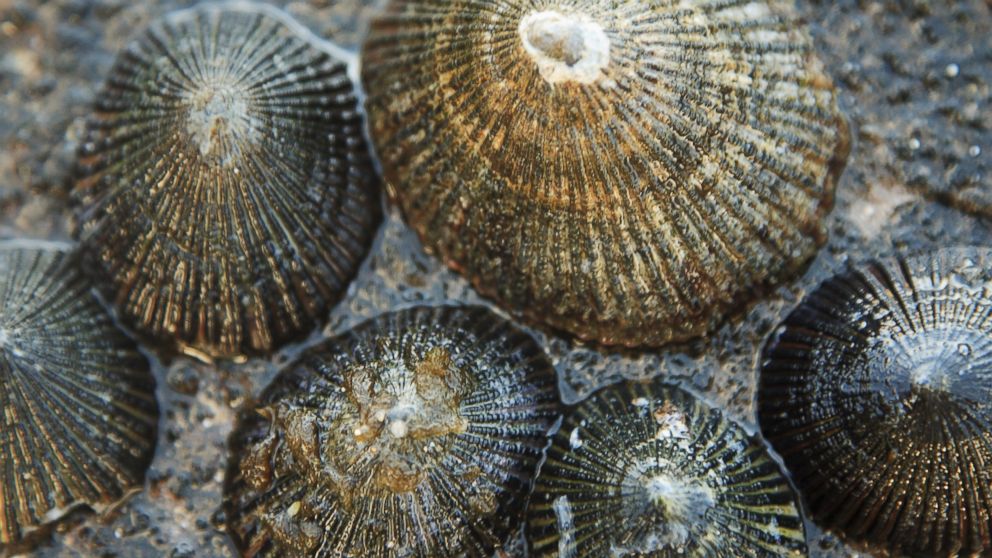How the Humble Sea Snail Produces the Strongest Stuff on Earth
Studying snail teeth may help scientists create a stronger material.

— -- Spider-Man may be able to weave a sturdy web of silk but it turns out the strongest known material produced by a living thing is sea snail teeth.
Sea snails, known as limpets, have microscopic teeth that rival the strength of steel and bulletproof vests, according to a study published in the Journal of the Royal Society Interface.
Known for their conical umbrella-like shells, limpets use their strong teeth, which are fortified with a hard mineral called goethite, to scrape food off of rocks.
While slugs may not seem like the most exciting creatures, Asa Barber, a researcher who worked on the study, said scientists could use the knowledge to create a similar material that could be used on everything from aircraft and boats to dental fillings.
"These teeth are made up of very small fibers, put together in a particular way," he told the BBC. "We should be thinking about making our own structures following the same design principles."
In what may be the most exciting year ever in science for sea snails, scientists at the University of Utah last month released a study based on sea snails that sheds new light on insulin.
Cone snails have a have a unique high level of insulin in their venom that allow them to render small schools of fish sluggish by either shooting the potent venom into the water or via a harpoon-like sting.
The insulin has just 43 amino acid building blocks, making it shorter than any other known insulin, researchers said, noting that when the insulin mixes with venom, it creates a cocktail that is able to quickly slow down schools of fish and put them in hypoglycemic shock.
Aside from the ick and cool factors of the discovery, researchers said it could also be used to help them better understand how energy is metabolized in humans.




